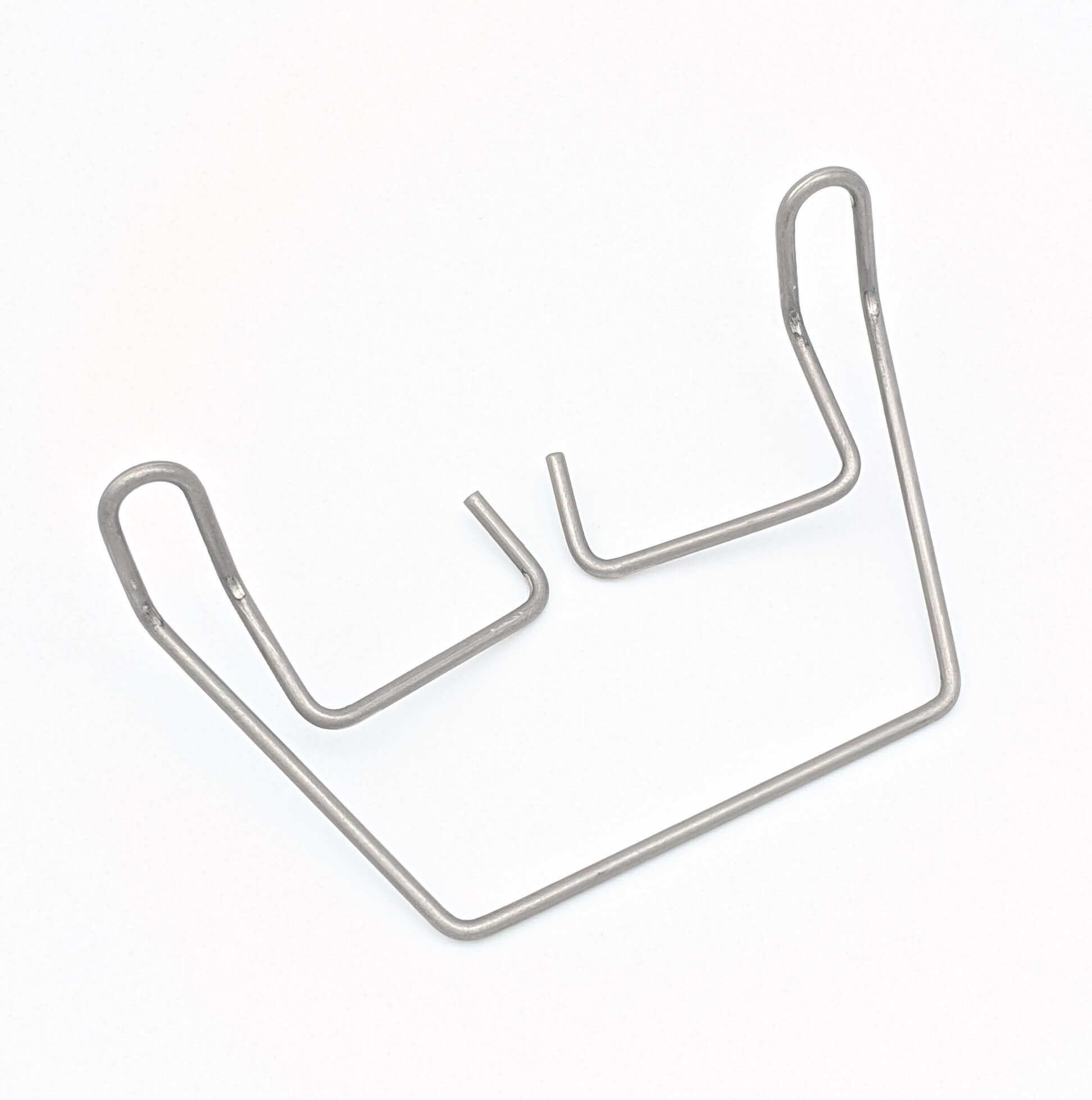Get unique, complex parts easily. No matter your requirements, Chaoyi Spring creates hard-to-produce coil springs and wire forms.
Let us help you create the custom wire form you need, from S-hooks and J-hooks to utility hooks and more.
We work closely with customers across a wide range of industries, helping them design and manufacture made-to-order parts.
Why choose Chaoyi Spring? We prioritize customer-focused collaboration, modern equipment and the latest technology to make your parts per print.
Find the information and guidance you need, from measuring a spring to learning about materials, placing an order and much more.
Have you ever wondered how a simple spring can store energy? It's not just about bouncing balls or holding doors closed. The energy stored in a compressed spring is a


Have you ever wondered how a simple spring can store energy? It's not just about bouncing balls or holding doors closed. The energy stored in a compressed spring is a fascinating concept with broad applications, from everyday devices to high-tech innovations. In this article, we'll delve into the world of compressed springs, exploring the science behind this phenomenon and the ways this energy can be harnessed to power various marvels.

Imagine a coil spring, that seemingly simple, coiled piece of metal. When you compress it, you're not just squeezing it down; you're actually storing energy within its structure. This stored energy, known as potential energy, is waiting to be released, ready to do work. This concept might seem like a simple magic trick, but it lies at the heart of countless mechanical wonders.
The key to understanding this energy storage lies in the very nature of the spring material itself. Springs are typically made from materials with a property called elasticity. When you compress a spring, you're essentially stretching and straining the bonds between the atoms within its structure. These stretched bonds contain a form of stored energy – potential energy, just waiting to be released. The amount of energy stored is directly proportional to how much the spring is compressed.
The moment you release the compression, the spring's stored energy transforms into kinetic energy, the energy of motion. The spring rapidly expands, using the stored potential energy to push or pull anything connected to it. Think about a toy car with a spring-powered motor. When you wind up the car, you're compressing the spring. As you release it, the stored energy propels the car forward, turning the potential energy into kinetic energy.
Compressed spring energy is far from a mere novelty. It finds practical applications in numerous fields, playing a crucial role in everything from everyday devices to cutting-edge technologies.
Think about the familiar click of a ballpoint pen. That satisfying sound is the release of energy stored in a tiny spring. The spring pushes the ballpoint against the paper, leaving a smooth line of ink. Similarly, door closers, spring-loaded mechanisms in toys, and even the springs in your mattress all rely on the energy stored within compressed coils.
Compressed spring energy powers a wide range of engineering wonders. Suspension systems in vehicles, for example, utilize springs to absorb shocks and provide a smooth ride. These springs act like buffers, storing energy during bumps and gradually releasing it, preventing jarring movements. The energy stored in springs is also employed in mechanical clocks, where it drives the gears and keeps time ticking.
Spring-powered mechanisms even find their way into high-tech innovations. In aerospace engineering, springs are used to deploy solar panels on satellites, ensuring that these vital energy collectors open correctly in space. In medical technology, springs are used in some surgical instruments, providing controlled force and precision during delicate procedures.
While spring-powered devices are ubiquitous, the concept of energy storage isn't limited to mechanical systems. Nature itself provides stunning examples. Take a look at a bow and arrow. Drawing back the bowstring is akin to compressing a spring. The stored energy is then released, propelling the arrow with incredible force. The same concept applies to the energy stored in the stretched muscle fibers of an animal as it leaps or the potential energy stored in a water reservoir as it prepares to generate hydroelectric power. The principles of energy storage and release are fundamental across various disciplines, from physics and engineering to biology and environmental science.
As we delve deeper into the world of nanotechnology and miniaturization, spring-powered mechanisms are finding new life. Microscopic springs, for instance, are being explored for their potential in microfluidic devices and other miniaturized systems. Their ability to store and release energy at tiny scales opens doors to a new generation of innovative devices and technologies. From miniature sensors to drug delivery systems, the potential of spring-powered innovations is vast and continues to expand. The energy stored in a compressed spring may seem simple, but its influence reaches far beyond our everyday experiences, fueling the future of technology and shaping the world around us.
The next time you see a spring, whether it's in a simple toy or a complex machine, remember the incredible energy it holds within its coiled form. It's a reminder that even seemingly simple things can possess immense power, waiting to be unleashed. From the everyday objects we use to the cutting-edge innovations of the future, compressed spring energy continues to play a vital role in our lives, reminding us of the remarkable power of physics and the ingenuity of human invention.
Browse some of the custom wire forms and springs that we manufacture. Don’t see what you need? We specialize in made-to-order products that meet your application requirements.
Visit Our GalleryNeed a custom wire form or coil spring? We make it work. Fill out the contact form and a representative will respond within 1 business day. If you have a PDF or CAD file, you can submit to request a quote.